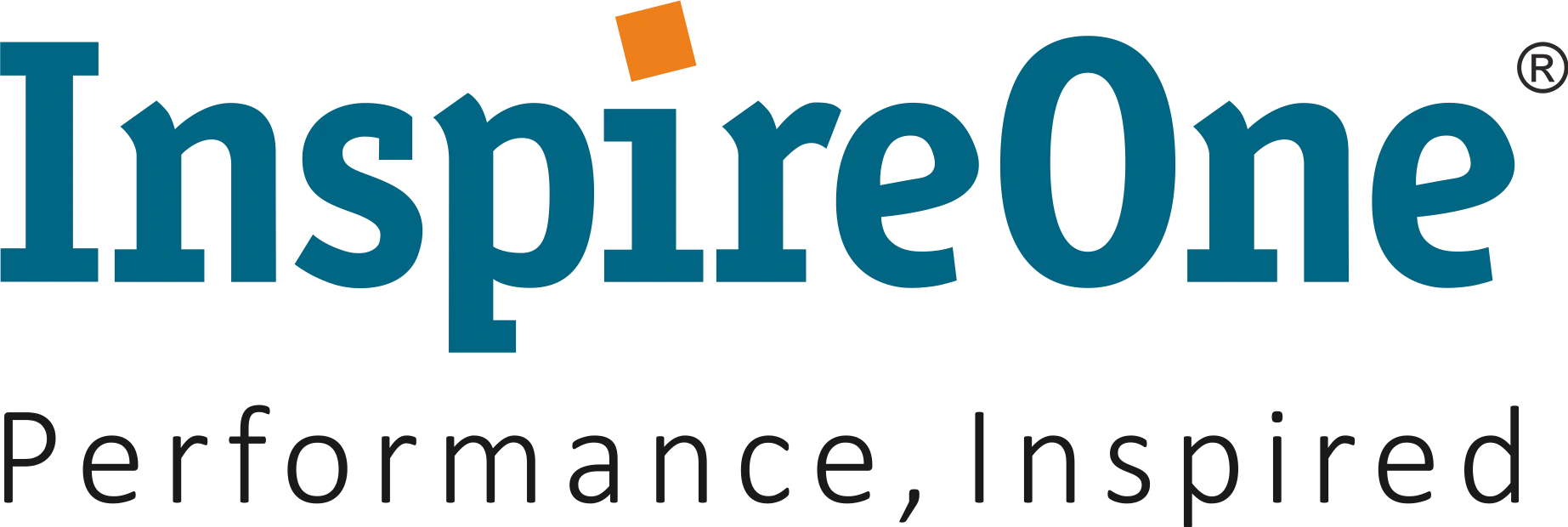Time and time again, research has shown that investing in the right people will maximise organisation’s returns. In fact, studies have shown that across a wide range of tasks, industries, and organizations, a small proportion of the workforce tends to drive a large proportion of organizational results, such that:
- the top 1% accounts for 10% of organizational output
- the top 5% accounts for 25%, of organizational output
- the top 20% accounts for 80% of organizational output
This clearly highlights the importance of identifying and developing the vital few.
In our experience of partnering with multiple organizations and helping them identify and develop high potential employees – we can clearly emphasize the importance of this initiative. Let’s discuss this more through a real case example –
One of our customers had a pressing organisational need to address critical gaps in leadership succession and talent development. Without a robust succession plan in place, they were at risk of encountering disruptions and instability when key leaders departed or retired.
After investigating and understanding their need, we felt they would benefit from a structured Assessment Centre and Development Centre approach. This was carried out in two phases: first, by shortlisting high-potentials through a rigorous screening process; second, by developing the identified high-potentials on key leadership competencies.
Phase 1: Diagnostics – High Potential Identification
In the first phase, we worked closely with the customer to administer our Leadership Perspectives assessment. Leadership Perspectives is a broad range occupational personality inventory developed by Podium in collaboration with Goldsmiths, University of London. It is suitable for selection and development where information is required about employees’ and prospective employees’ patterns of thinking, feeling, and behaving. The result of this assessment helped the customer identify which participants would proceed to the next round.
As a next step, We conducted Behavioural Event Interviews (BEIs), in which each leader was meticulously evaluated and positioned within a capability and capacity matrix, which helped identify the final participants for the leadership development journey.
Phase 2: High Potential Leadership Development
We worked with the customer to design a comprehensive leadership development journey that comprised:
- Personal feedback on BEIs to offer insights into strengths and areas for growth
- Core workshops that covered key developmental themes.
- Tailored Action Learning Projects (ALPs) were identified based on individual development areas, allowing leaders to apply newly acquired knowledge and skills in real-world scenarios.
- Group coaching sessions, facilitated by IO consultants in small groups of four, provided valuable input and feedback, fostering collaborative learning and peer support.
- Gamified learning to increase retention of workshop topics.
- Interactive sessions with external business leaders to gain exposure to diverse perspectives.
The Impact
The impact of this initiative has been undeniable. The customer saw the clear importance of the initiative as they had been struggling with a large pool of potential employees to develop. Our approach not only helped them identify high potential employees but also developed them on key leadership competencies to help prepare them for future roles. Moreover, the participants have been able to create tangible business impact through their individual action learning projects, allowing them to gain visibility within the organization. The initiative has significantly boosted these leaders’ self-confidence and strengthened their belief in their leadership abilities.
It is quite clear through the above real case example that identification and development of high potential leaders is not just a tick in the box venture, but a business imperative that determines an organization’s future.
At InspireOne, in partnership with our global partners, we leverage the High-Performance Leadership Assessments based on High Performance Behaviour Framework (HPB) to assess high potential leaders. The HPB framework measures 12 high performance behaviours organized into four categories through individual capacity and capability measures. These leadership behaviours have been identified through extensive research with global leaders to identify the business thinking that is required to move an organization forward as well as the interpersonal and motivational behaviours of successful leaders. This creates a holistic picture of the person and their propensity to develop behaviours for the future.
More information on our High Potential Leadership Development solution can be found here.







